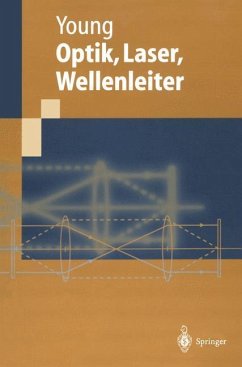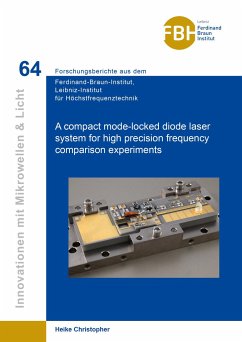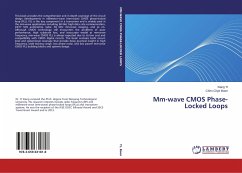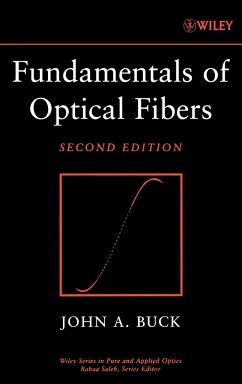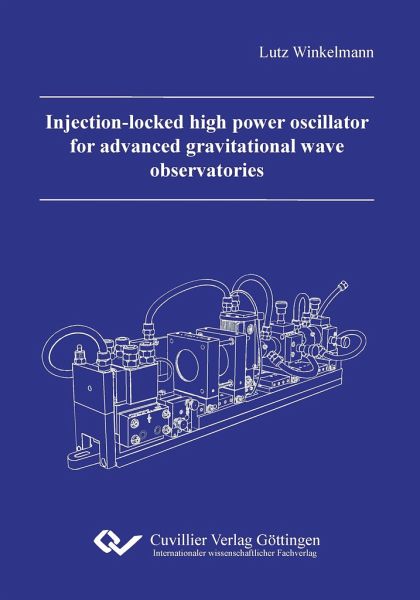
Injection-locked high power oscillator for advanced gravitational wave observatories

PAYBACK Punkte
0 °P sammeln!
One approach to detect gravitational waves, which have been postulated by Albert Einstein in his General Theory of Relativity, is based on interferometric measurements of length variations with a large-scale Michelson interferometer. The detection range of these ground-based observatories is currently limited to approx. 15 Megaparsec (Mpc) because of a reduced sensitivity at detection frequencies of 10 Hz - 10 kHz by shot noise. These limitations can be overcome by an output power increase of the detector's light source, which will enhance the sensitivity by an order of magnitude. Thus, the po...
One approach to detect gravitational waves, which have been postulated by Albert Einstein in his General Theory of Relativity, is based on interferometric measurements of length variations with a large-scale Michelson interferometer. The detection range of these ground-based observatories is currently limited to approx. 15 Megaparsec (Mpc) because of a reduced sensitivity at detection frequencies of 10 Hz - 10 kHz by shot noise. These limitations can be overcome by an output power increase of the detector's light source, which will enhance the sensitivity by an order of magnitude. Thus, the possibility of detecting a gravitational wave will be raised by a factor of 1000 and the detection range will be increased to 150 Mpc, accordingly. In this work a laser systems is presented, which fulfills the free-running laser requirements on stability and beam quality required by the next generation of gravitational wave detectors for the first time. The developed laser system is based on a two-stage concept, supplemented with an active amplitude and frequency stabilization, which is not part of this work. A 35 W Nd:YVO4 amplifier system with an emission wavelength of 1064 nm represents the frequency reference of the laser system and is used as the seed for an injection-locked high power oscillator. This amplifier, which is based on a Master Oscillator Power Amplifier scheme, is already used in today's gravitational wave detectors and has been proven to be reliable in long-term operation. The linearly polarized output power of more than 200 W is generated inside the oscillator stage, which consists of four Nd:YAG crystals arranged in an asymmetric ring resonator configuration. To compensate for losses due to thermal birefringence inside the longitudinally pumped laser crystals, an imaging depolarization compensation is used.







